

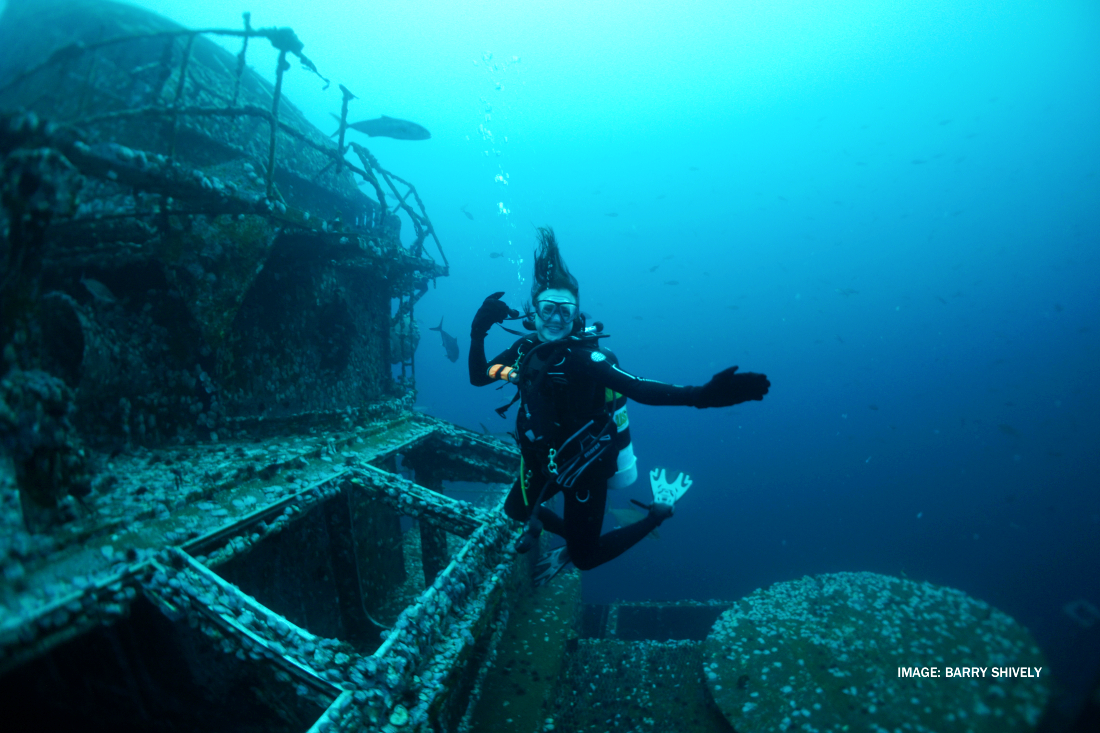
Pirates, spies, and buried treasure are not just reserved for The Florida Keys. The Panhandle Shipwreck Trail offers up a nostalgic dive into the storied past of vessels sunk under mysterious circumstances, explosive espionage, and casualties of hurricanes washed ashore from Port St. Joe to Pensacola. There are lots of opportunities for fun on and off the world’s most beautiful beaches, but this area becomes a magical realm when you put on scuba gear, dive in the ocean, and breathe underwater.
You enter an environment where humans don’t normally exist and see creatures and structures straight out of fantasies.
Florida is no stranger to ecological devastation be it life-threatening storms or manmade disasters. In 2010, the Deepwater Horizon Oil Spill wreaked havoc across the panhandle threatening marine life, local economies, and natural resources. In 2012, the Shipwreck Trail was developed by the Florida Department of State’s Underwater Archaeology Team, in partnership with Panhandle waterfront communities, as an avenue to stimulate flagging tourism and showcase the unique maritime history of the region. An already successful ecotourism venture in South Florida was the inspiration for the group. The Florida Keys National Marine Sanctuary Shipwreck Trail offered a popular set of wreck dives where visitors could fill a passport with stamps as they completed each dive. The development team seized on this model and sent out questionnaires to panhandle dive operators asking for intel about popular wrecks, sites with ecological diversity, and rich history.
“Everybody loves shipwrecks. It’s adventurous and romantic. So, the idea of a shipwreck trail was thrown out and my office contacted local waterfront communities, the dive shops, and charter boat captains to nominate wrecks that were accessible to a wide range of scuba certifications, not just tech divers,” Melissa Price, Senior Underwater Archeologist for the Florida Department of Archeology, said. “They needed enough structure left to make an interesting dive. We also were looking for sites with a lot of sea life, and an interesting story.”

Shipwreck Trail Passports
And, Price has a good perspective as a diver herself with a passion for shipwrecks, “I was originally studying terrestrial archaeology when we watched the documentary about The Titanic. It’s kind of cliché, but I was like, ‘Oh, my God. That’s a thing? You can study shipwrecks?’ And I realized I want to go deep, dark, and scary. I applied to Underwater Archeology programs, got my SCUBA certification, and the rest is history.”
Currently, there are 12 shipwrecks on the trail featuring outdoor recreation opportunities for saltwater enthusiasts.
Visitors experience a wide variety of Gulf Coast marine life, and some of the wrecks are even shallow enough for snorkelers. The wrecks can be found along the coast in Pensacola, Destin, Panama City Beach, and Port St. Joe. The Florida Panhandle Shipwreck Trail Passports are available from participating dive shops and dive charter operators listed on the website. “There is a Facebook page and the website, as well as informational wreck cards. The passports have little blurbs as well, and space where you can write down your own personal dive experience—it becomes like a journal. Participating shops have stickers to affix to your passport once you complete a wreck dive. Once you finish the trail, email us or contact us via Facebook, and let us know you finished the dives. Keep your passport as a memento. You’ll also get a certificate and t-shirt in the mail,” Price said.
In addition to the physical trail, Florida Department of Archeology also maintains an interactive website with underwater videos of each site, a map showing locations of participating dive shops, and the current marine weather forecast. Price and team’s role is more observer and historian for each of the shipwrecks. They do not maintain the ships. They help tell the story of the life of a shipwreck through their documentation.
“We always say take only pictures, leave only bubbles. We want to stress minimal impact diving because we want everybody to experience these wrecks.”
“I think the local communities in the panhandle know that, and stress minimal impact diving because they want their kids to dive on the wrecks they dove on…Shipwreck Trail is something you really have to experience yourself. You can’t explain it; you just have to experience it,” Price added.
As part of that recording of history and experiencing the Panhandle’s unique legacy, they are adding eight new wrecks to the trail in Summer 2021.
With over 2,000 artificial reef sites throughout Florida’s waters, the Panhandle is doing its part to replace natural coral reefs damaged by environmental degradation or ship groundings, and provide improved fishing opportunities, as well as new scuba diving destinations. Below are the shipwrecks currently on the trail, along with some fun facts and insights from divers.
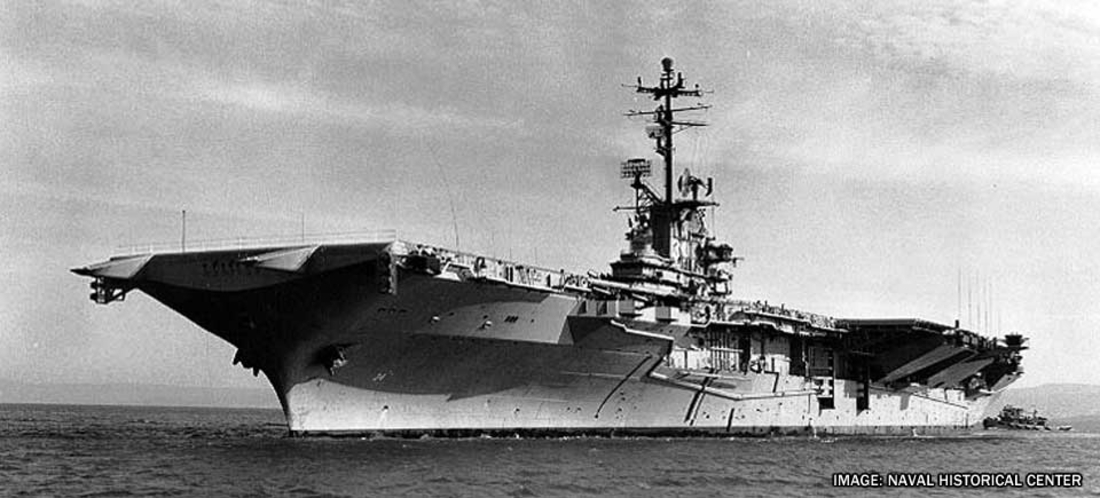
Depth: 80-212 feet
Sink Date: May 17, 2006
Fun Facts: named a top 25 U.S. Dive Site by Scuba Diving Magazine; the largest artificial reef in the world; known as “Great Carrier Reef,” and “The Mighty O”; in service in Korean and Vietnam Wars.
Diver Insight: “It’s so massive. The size blew my mind. I thought I knew how big an aircraft carrier was, but I did not.” ~Melissa Price.
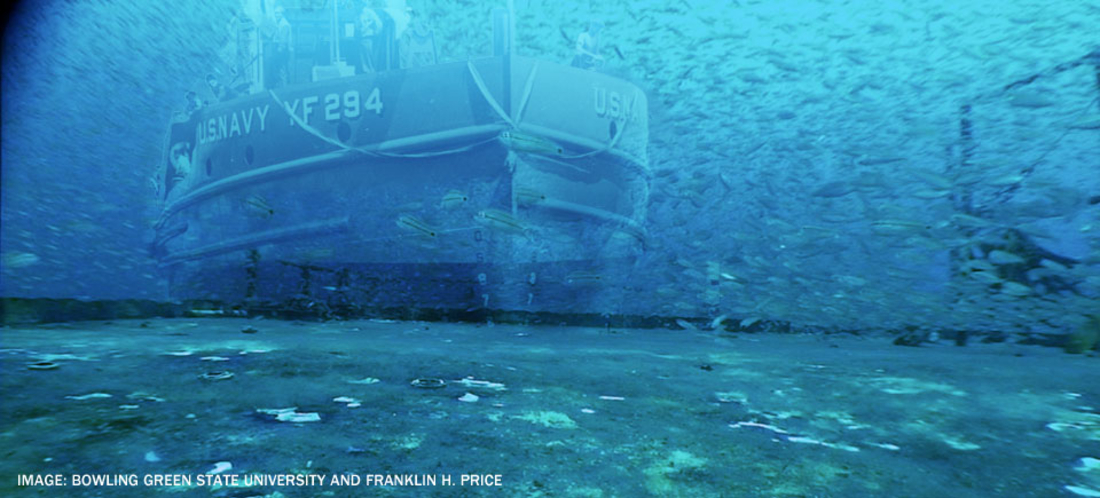
Depth: 90 feet
Sink Date: April 2000
Fun Facts: It’s a former US Navy Diver training site.
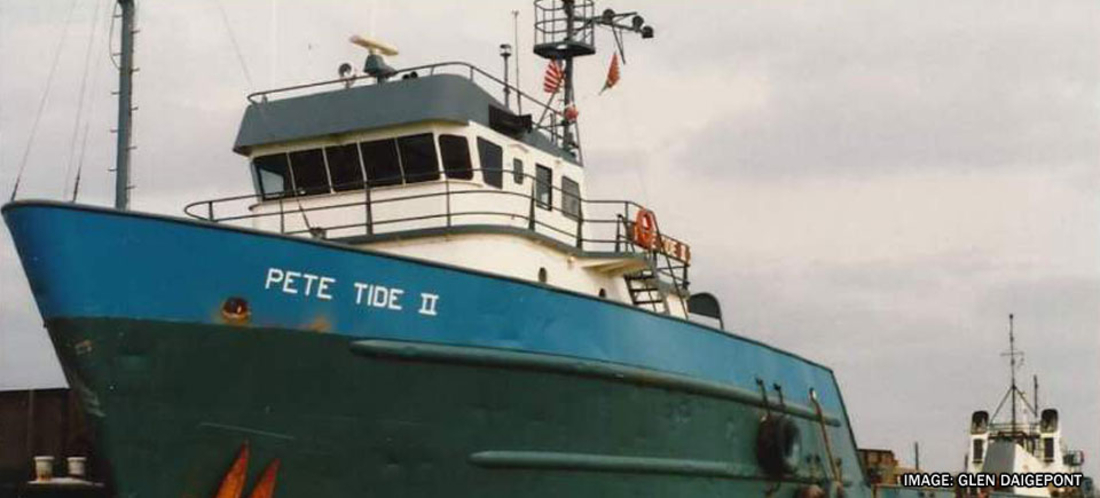
Depth: 100 feet
Sink Date: 1993
Fun Facts: An offshore oilfield supply vessel, this upright wreck boasts an intact pilothouse with swim-through; lots of spadefish and minnows, but wahoo and blackfin tuna can be found at the sandy bottom.
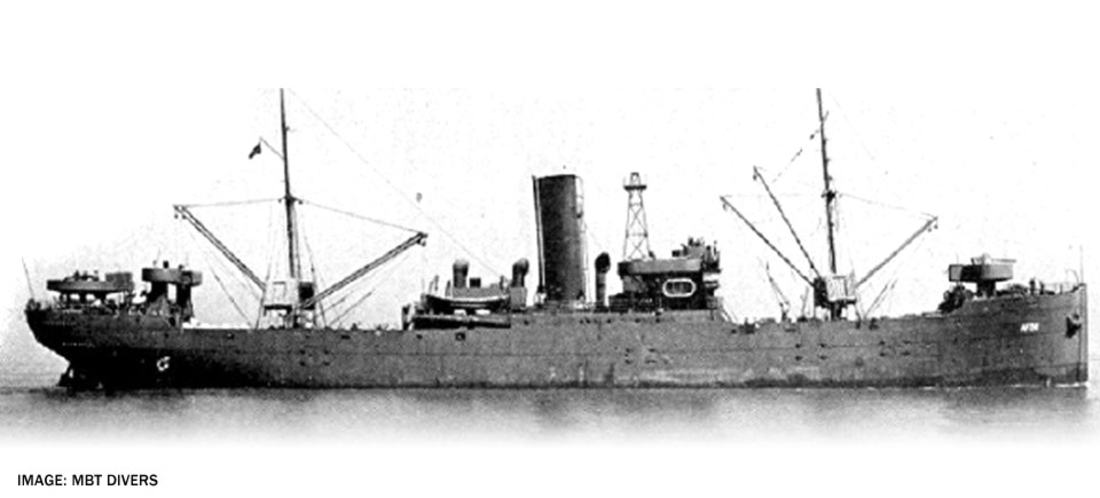
Depth: 80 feet
Sink Date: August 11, 1944
Fun Facts: Originally an Irish fruit transport running bananas between Central America and U.S.; sunk by U-boat in Costa Rica and refloated; nicknamed “Russian Freighter” amid swirling rumors of espionage; declassified documents showed it was blown up in a top-secret U.S. military operation testing an experimental radio-controlled boat loaded with explosives.

Depth: 50 feet
Sink Date: 1974
Fun Facts: shallow wreckage makes the perfect condition for checkout dives and skill tunes; In 1974, the Three Coal Barges broke free, and were sunk by U.S. Navy demolition experts to stave off the barges running ashore; end-to-end positioning and shallow depth also make for great snorkeling.
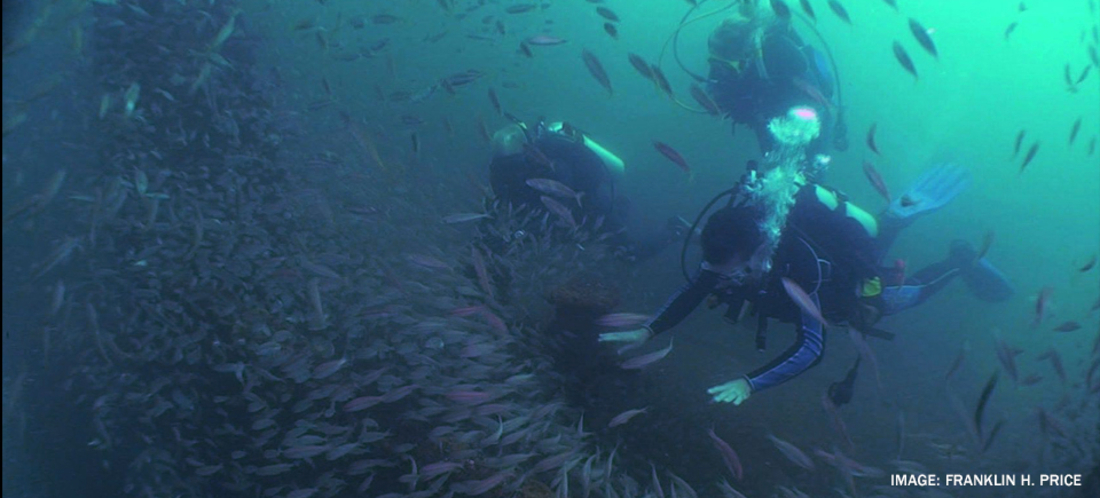
Depth: 60 feet
Sink Date: 1997
Fun Facts: a tugboat that sits upright in 60 feet of water; known for lots of marine life like Spanish mackerel, kings, and barracuda
Diver Insight: “Miss Louise is pretty shallow—you can do the whole dive in 30 minutes. But, the day we were there, there were so many baitfish. We were just surrounded. It was amazing. It felt like I was in a fairy tale. And, there was a turtle. It felt magical, an upright shipwreck underwater, very eerie. But, I loved it.”~ Melissa Price

Depth: 85 feet
Sink Date: 1993
Fun Facts: Named in honor of Navy Supervisor of Salvage Captain Charles “Black Bart” Bartholomew; site still has appliances like the ship’s toilet; known for attracting sand sharks, triggerfish, and red snapper; great site for macro-photography
Diver Insight: “It’s only 79 feet deep, which means you can go down to 40 feet, be at the top of the wreck, and spend a whole lot of time down there. The wheelhouse got yanked off during Michael, but it’s still got huge cargo holds, stairs, and interesting things to look at.” – Eric Pierce, Navy Engineer and member of Panama City Dive Club.
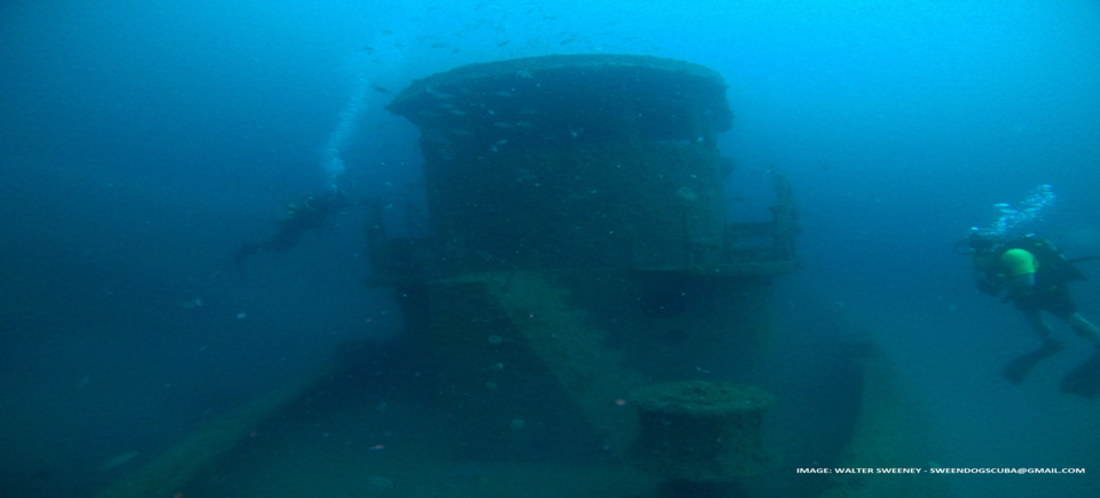
Depth: 100 feet
Sink Date: 2003
Fun Facts: originally two tugs resting bow-to-bow, a storm picked one up and placed it on top of the other, making it a two-for-one site.
Depth: 100 feet
Sink Date: July 9, 2000
Fun Facts: Built in 1944, Accokeek has lived many lives first as a tow for damaged ships from the invasion of Okinawa, then as an assist for navy vessels along the East Coast, in Lake Michigan, Labrador and the South Atlantic. Later, it served as a training vessel for the Navy Dive School in Panama City, Florida, until it saw its last sinking in 2000 and was retired from service.
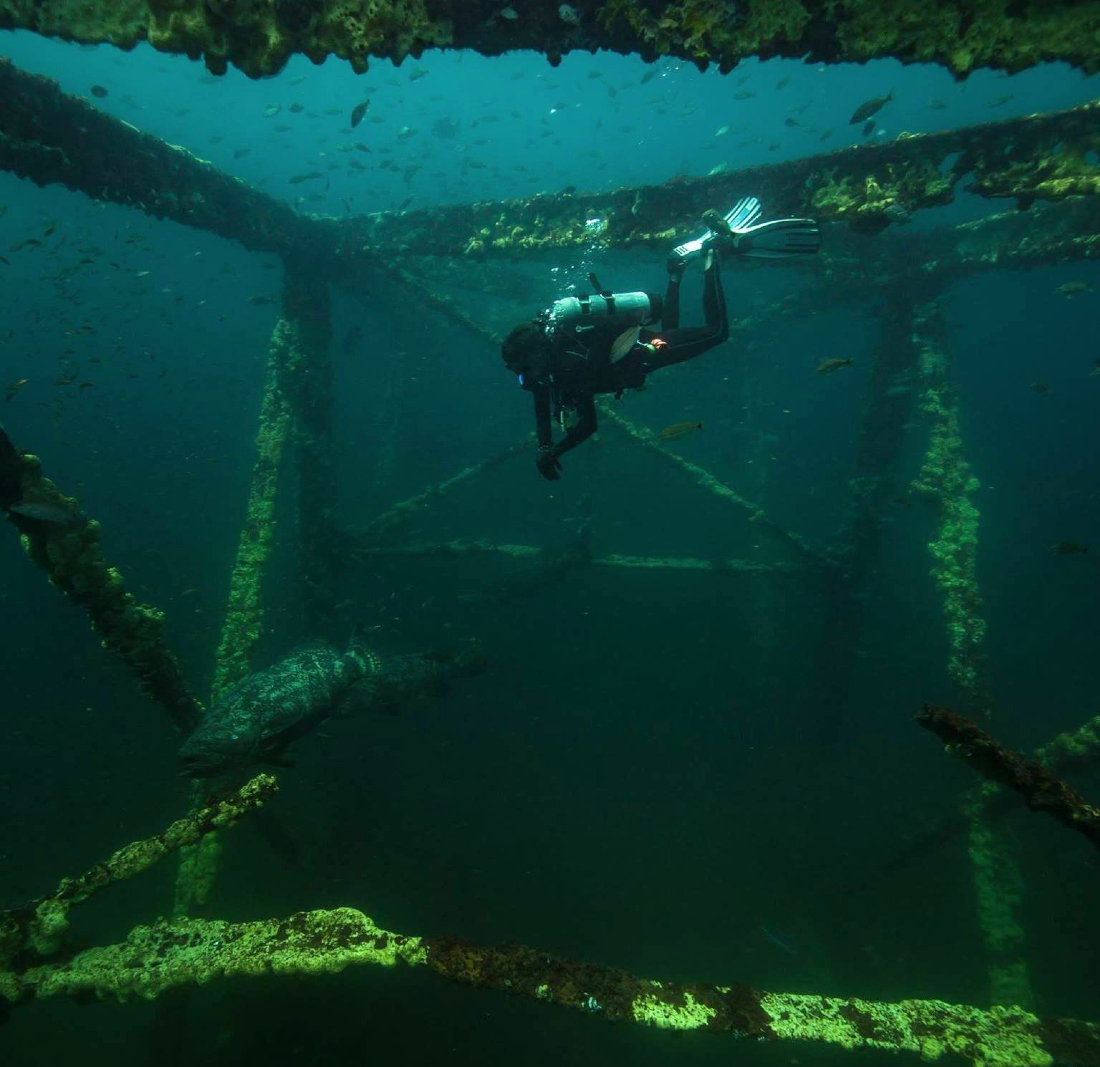
Photo credit: Carlos Orozco, Divemaster and Boat Captain
Depth: 80 feet
Sink Date: May 19, 1987
Fun Facts: Repositioned after a hurricane in 1995; World War II minesweeper that saw action in Iwo Jima and Okinawa, and survived a midget submarine attack and a kamikaze raid; known for goliath grouper sightings
Diver Insight: “I do a lot of macro photography, and like finding the small nudibranchs, the little blennies, or the decorator crabs on the wreck…And, at night the squid come out.” Carlos Orozco, Boat Captain and Divemaster.

Depth: 100 feet
Sink Date: Feb. 8, 1990
Fun Facts: Tugboat responsible for towing and salvage from the Caribbean to Newfoundland; laid mooring buoys in Casablanca in 1944; known as speed demon for all the records it broke; once carried a torpedo bomber on her fantail; used as a Navy training platform for the Panama City Experimental Dive Unit.
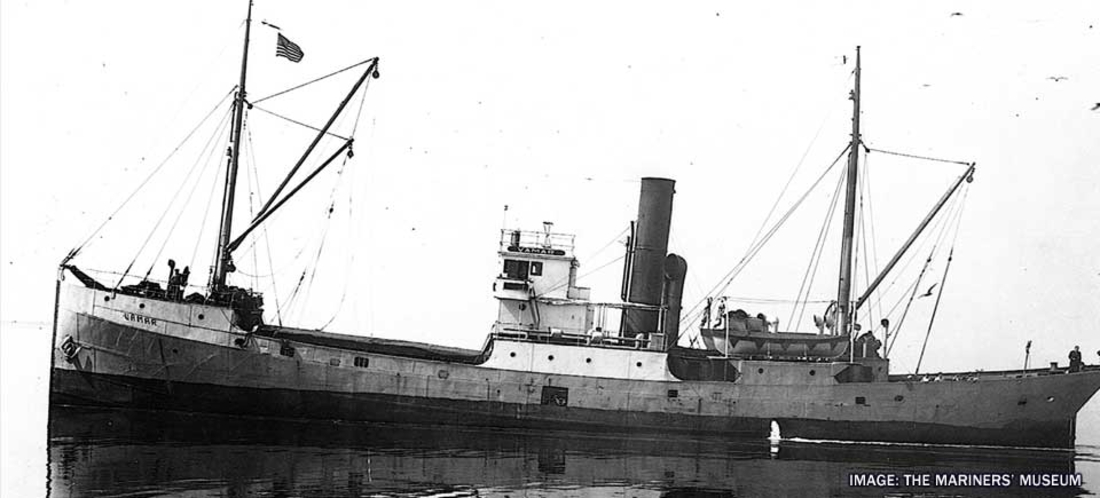
Depth: 25 feet
Sink Date: March 21, 1942
Fun Facts: Support ship for Admiral Richard Byrd’s 1928 Antarctic expedition; after the expedition, Vamar became a tramp freighter and carried lumber to Cuba; sank under mysterious circumstances leaving Port St. Joe; shallow depth makes it great for snorkelers and as a training site
Stayed tuned for eight additional shipwrecks to be added to the trail Summer 2021.
Carlos Orozco, Boat Captain and Divemaster at Panama City Beach shop Diver’s Den, broke it down:
Step 1: Complete your online training.
“Go to our shop’s webpage, and click on certification. Pay the association that we certify everybody through, PADI. Complete the e-learning modules. It normally takes about three to seven days to complete. Once you finish, take the test, and print your paperwork.
https://diversdenpcb.com/padi-open-water-course
Step 2: Come to the shop and set up your skills and checkout dives.
“You complete five confined water dives and four open water training dives before a diver can be Open-Water Certified. The first few are done at the jetties or our local springs. The remaining dives, we would go on our boat and you would do the actual first Gulf dive on a shipwreck or on a Bridgespan.”
What to Bring:
• A small knife to cut away fishing line, and a Surface Marker Buoy (SMB)
• Mask and Fins
“We always recommend they buy their own mask and fins because there is nothing worse than getting a rental mask that doesn’t fit. Rentals are good quality, but basically it’s one type,” Carlos said.
Shops are fully stocked with everything else. Visitors can get their BC, Regulator, Weights, Tanks, and Wetsuit on site. Dive shops stay busy so if you plan to come check out the Panhandle Shipwreck Trail, make sure to check the participating shop’s calendar, especially if you have a large group or multiple family members.




